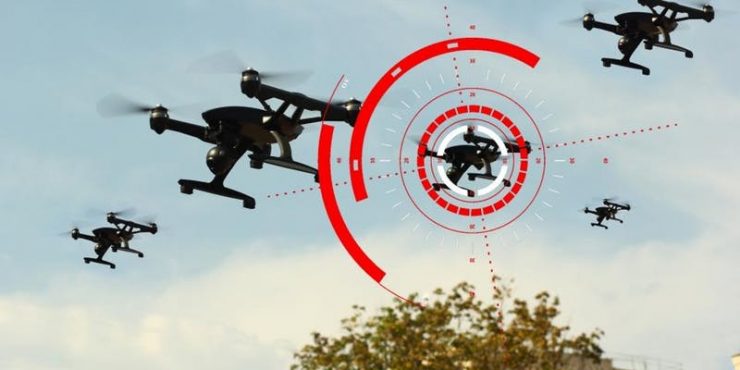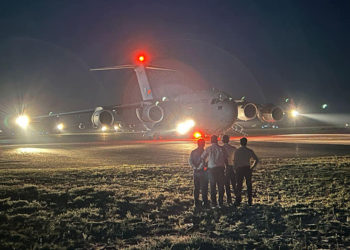Drones versus SAMs: Future Warfare. The rise of drone warfare has highlighted one serious issue: A lot of SAM batteries have trouble dealing with them. Looking at recent events, loitering munitions such as the IAI Harop and unmanned combat aerial vehicles (UCAV) such as the Bayraktar TB2 seem to currently give their operators the upper hand over modern battlefields. Why is it that current SAM systems can do very little against modern drones? Let’s try and get to the bottom of this enigma.

The first thing to highlight is that no country has yet come up with a combination of adequate tools and cohesive doctrine to neutralise drones. We seem to forget that affordable drones with offensive capabilities are a relatively new threat to battlefields. Many countries have been slow to develop tools to counter drones. And while there are indeed tools to counter drones, the same countries have been slow to adopt them and develop a coherent doctrine in both their deployment and employment.

There have been several examples of SAM batteries not being able to detect or engage drones. The Pantsir S-1 has earned a bad reputation for being an easy target for Turkish and Israeli drones, in both Syria and Libya. In March and April 2020, unidentified drones repeatedly flew over a THAAD battery protecting the USAF Andersen base in Guam. They did so with all impunity. Meanwhile, in Nagorno-Karabakh, Armenian 9K33 OSA and S-300 batteries were repeatedly targeted by Azeri drones.

The Pantsir is very good at doing what it was designed for: Targeting planes, helicopters and incoming rockets and missiles at short range. The S-1 has actually earned a good reputation in Syria in the role of “goalkeeper”, shooting down incoming missiles and rockets and protecting vital installations and other SAM batteries. It has indeed been good enough to be noticed by the Israelis, who promptly adapted their tactics when striking Iranian targets inside of Syria. Let’s not forget that it was a Syrian Pantsir that shot down a Turkish F-4 Phantom on the 22nd of June 2012! The THAAD is Washington’s premier anti-ballistic system. The S-300 is a potent strategic air defence system. And yet, relatively cheap platforms seem to outsmart those systems.Why?!
Design and technical limitations seem to be the main culprits for this state of affairs. The majority of drones used in the conflicts in Nagorno-Karabakh, Syria and Libya are relatively small, have a low IR signature and are made of composite materials or fiberglass. In short, they are stealthy: Radar waves bouncing on those particular drones might not produce a strong return or go straight through the drones due to the low density of their materials. In this particular case, SAM battery radars are unable to detect them or are unable to lock onto them!

Another problem is the inherent design of SAM’s radar and fire control system: Not everything detected by the radar is shown on screen so as to not overload it and its operator. SAM’s FCS’ follow algorithms designed to analyse the speed, size, flight patterns and ‘dB return’ of every object detected by its radar. In essence, what the radar sees is filtered before being displayed on screen. Everything that falls outside the envelope of the SAM is hidden from the operators. A Pantsir’s radar is sensitive enough to detect birds. That is likely the case for many modern SAM battery radars. But birds are of no interest to SAM’s designers and operators. Therefore, the system’s FCS will most likely filter them out. To simplify, let’s say that SAM batteries have an electronic brain that is designed to look for fast moving objects, usually flying in a relatively straight line. Said brain refers to a database with combinations of flight speed, size, flight patterns and ‘dB return’ matching the range of targets the battery was designed to engage: Helicopters, rockets, missiles, planes and so on. Everything else will likely be filtered out and will not be shown on the screen for the operator to see.
The last culprit could be occasionally linked to bad training or bad practices/bad discipline. One glaring example of this was the Syrian Pantsir operators’ blunder in January 2019: Stationed at Damascus airport, they fired all their missiles at incoming Israeli projeciles. They then waited for their battery to be reloaded, and left the Pantsir platform in the open, near a runway, with doors open; generator running and their radio left on. They could not have made their Pantsir an easier target! Poorly trained Libyan personnel being sent to the front to man their battery after a crash course lasting a couple of weeks is another example of human error counting as much as technical shortcomings.
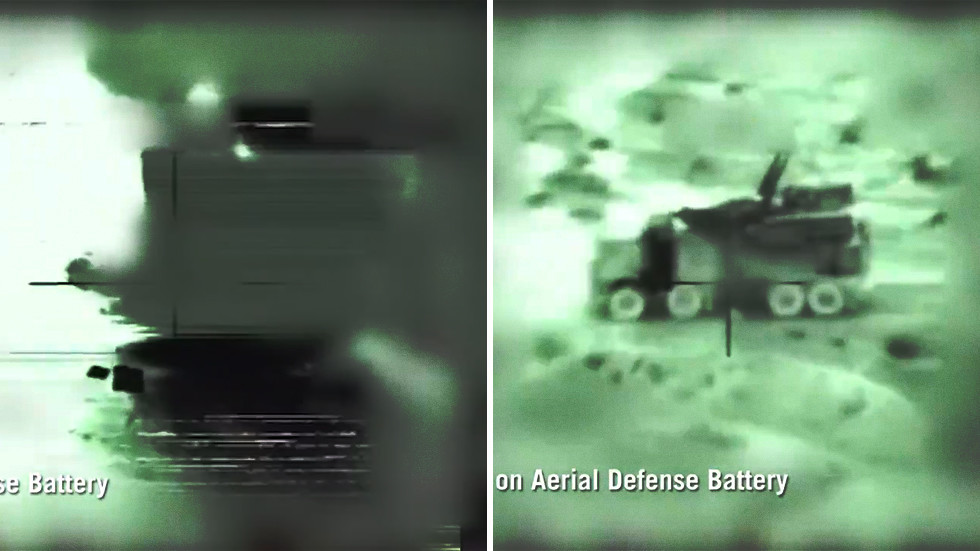
So… What can be done against drones? To begin with, it is worth noting that every platform out there has a slightly different profile, meaning that despite the factors mentioned above, some SAM batteries have better results engaging drones than others. After the Pantsir’s failure to adequately defend Hmeimim in 2018, the Russians deployed Tor batteries to defend their airfield (The very same year). According to a Russian report published in early 2019, Tor-M2U complexes in Syria shot down 80 air targets, with an efficiency of 80 percent throughout 2018. The report was unpublished as it was highly critical of the Pantsir in the anti-drone role. Copies can nevertheless still be found.
So far, the best way to bring drones down or get them to fly away from a zone of interest is a combination of EW (jamming/spoofing/hacking), dedicated Counter Unmanned Aircraft Systems (CUAS), anti-air platforms and potentially direct energy (laser) weapons.
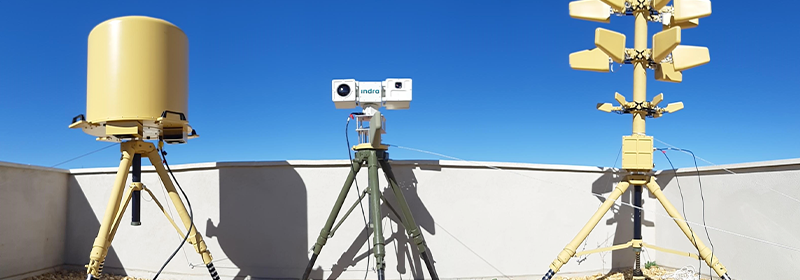
The EW platform will typically spoof or jam GPS signals or target specific RF frequencies so as to capture the drone (take control of). In 2018, the OSCE complained that their drones were being heavily jammed by Russian Electronic Warfare platforms in the Donbass. Drones of all types have been successfully brought down by jamming in Ukraine, Syria, in Nagorno-Karabakh and (notoriously) in one case in Iran. The problem with jamming is that you cannot keep jammers switched on 24/7: You will either break the platform or allow the enemy to triangulate your position and obliterate you with an air or artillery strike.

Besides Electronic Warfare, there are several other options that exist in order to detect and engage drones. Some types of SPAAGs/AAA can be used to counter cheap drone swarms, such as those designed, built and deployed by several jihadi groups in Syria. In 2019, Russia successfully deployed old Tunguska batteries in Hmeimim. The Tunguska apparently performed well against some types of drones. It is not far fetched to imagine the return of AAA/flak deployed on the battlefield in the short to medium term for defeating drone swarms. Those platforms would fire timed airburst rounds exploding/projecting pellets forward (like a shotgun), blanketing the skies in patterns to cover the widest range of possible but realistic movement of drones.
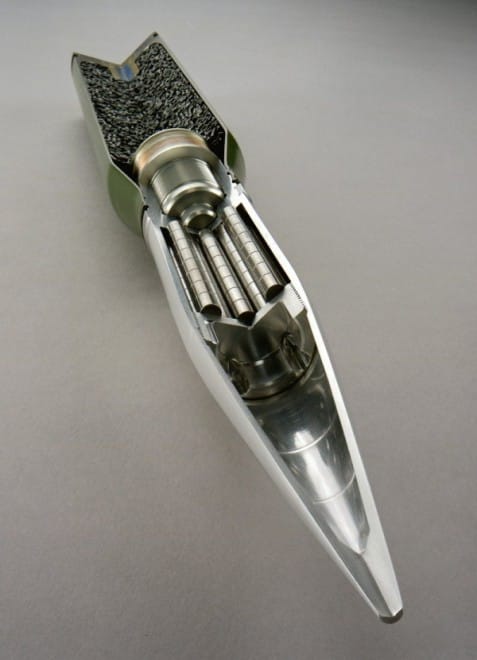
Direct energy platforms can be used in two ways: HELWS (high-energy laser weapon systems) can be used to disable or destroy drones. But lasers can also be used as dazzlers to blind a drone rather than destroy it. With lasers, the main worry is less about the supply of ammunition but rather about a steady supply of energy to feed the platform.
For any of the platforms mentioned above to work reliably in the anti-drone role, drones must first be detected, identified and tracked. Counter Unmanned Aircraft Systems can be paired with Electro-Optical (visual detection) and Infrared (heat signature) sensors for detecting and tracking drones. Specifically designed radars can be integrated into those systems such as micro-doppler and staring radars which are better suited to deal with environmental/background clutter and with detecting, identifying and tracking smaller targets. Acoustic sensors can also be used. These compare a database of known drone noises against the ambient background. They do work well in a “normal” environment but their performance will obviously degrade the noisier the ambient environment becomes. One will get better results by combining several of those detection methods and fuse their respective signals together so as to obtain a better situational awareness.
We have seen the rise of the drones. It is clear that right now we are witnessing the rise of Counter-UAV platforms as more and more countries are scrambling to design, manufacture and deploy such systems.
